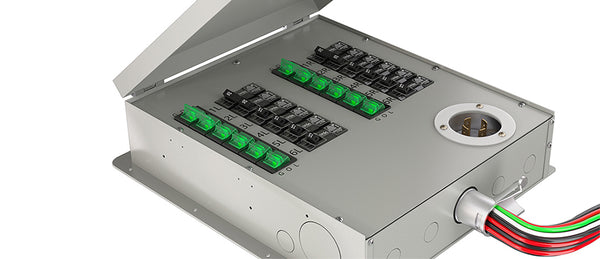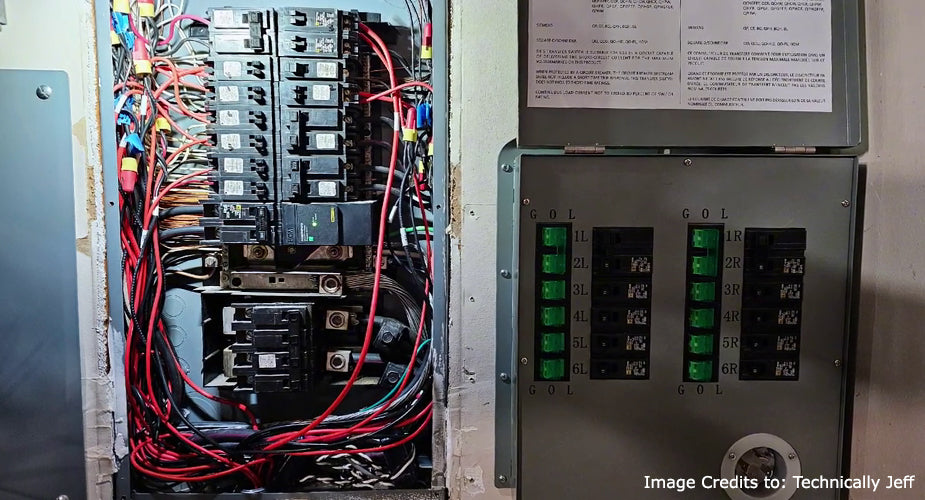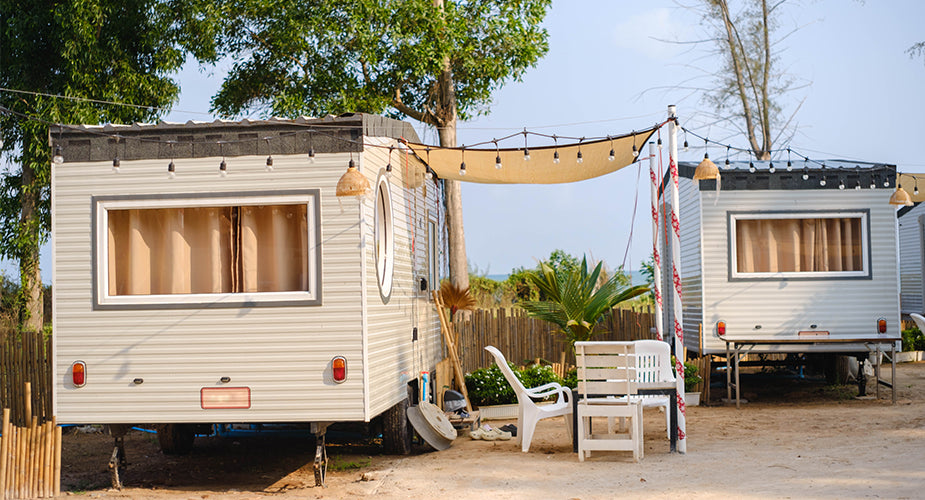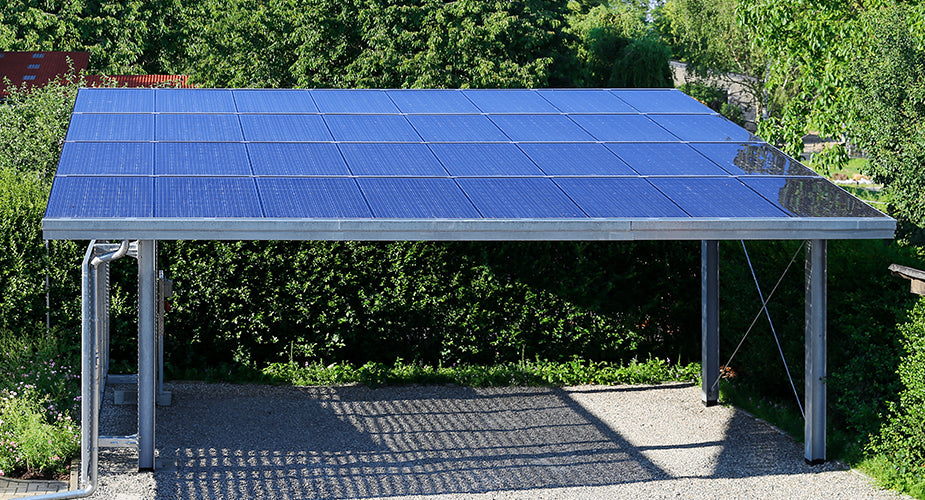In today's world, where uninterrupted power is more of a necessity than a luxury, homeowners are increasingly turning to backup power solutions to ensure their households remain powered during outages.
Among the many options available, two popular choices are interlock kits and transfer switches. These devices play a crucial role in managing power sources, particularly when integrating a portable generator or a solar energy system into your home's electrical setup.
Whether you're looking to enhance the safety and efficiency of your backup power setup or you just want to know the differences between interlock kits and transfer switches, this post is for you.
Interlock Vs Transfer Switch?
When it comes to ensuring a reliable power supply during outages, two key components often come into play: the transfer switch and the interlock kit. Both are vital for facilitating the safe switch between power sources, yet they operate on different principles and offer their own set of considerations and advantages.
What is an Interlock Kit?
An interlock kit is a simple yet highly functional device that enables the safe operation of a generator alongside a home's electrical system. It serves as a safety device that ensures that the generator and the main utility power aren’t connected at the same time, thus preventing possible risks.
The main purpose of an interlock is to prevent backfeed, a potentially hazardous situation in which electricity from the generator is fed back into the main power lines. This scenario can pose serious risks, like electrocution. By using an interlock, homeowners can be confident that they have a safe flow of energy during power issues.

What is a Transfer Switch?
A transfer switch plays a critical role in energy management, ensuring a smooth and secure transition between the backup generator and the main power source. Its main function is to ensure that both the generator and the utility power are not connected to a building simultaneously to avoid potential hazards.
Transfer switches are available in various configurations to accommodate different power capacities and installation requirements. They can be integrated into larger electrical systems and often offer more flexibility for future expansion or upgrades. Interlock kits may have limitations in terms of compatibility with certain electrical panels or generator setups.
Know more about Transfer Switch here.
Choosing Between an Interlock Kit and a Transfer Switch
When deciding between an interlock kit and a transfer switch, several factors come into play.
- Ease of Use - Transfer switches typically have clear, labeled controls that make it easy for users to understand and operate them safely. They often include indicators to show which power source is active. Interlock kits, while effective when installed correctly, may rely on manual switching mechanisms that are less intuitive and could potentially lead to mistakes during operation.
- Safety - Transfer switches provide a dedicated, code-compliant solution for safely transferring power between utility and generator sources, minimizing the risk of backfeeding. In contrast, while interlock kits offer a more economical option, they may lack the same level of reliability, clear indication of power source, and compliance with electrical codes, potentially compromising safety in critical situations.
- Compatibility - Not all electrical systems are compatible with interlock kits. In such cases, a transfer switch may be the only viable option.
- Cost – the simpler interlock kits are generally less expensive than transfer switches, this is most likely due to transfer switches (especially automated ones) to have more advanced feature.
Overall, while both interlock kits and transfer switches serve the purpose of safely managing power sources, transfer switches are generally considered more advanced and preferred for their automation, safety features, and compatibility with a variety of systems.
Frequently Asked Questions:
Can I use an interlock kit or transfer switch with any portable generator?
Yes, both transfer switches and interlock kits are compatible with most portable generators. However, it's important to ensure that the generator you choose is compatible with the electrical requirements of your home.
Do I need a professional to install an interlock kit or transfer switch?
It's recommended to have a licensed electrician or the experts to install both interlock kits and transfer switches to ensure they are installed correctly and safely.
Can I run my entire house on a portable generator using an interlock kit or transfer switch?
Yes, you can run your entire house on a portable generator using either an interlock kit or a transfer switch, as long as the generator has the capacity to handle the electrical load of your home.
When considering a switch to a power backup system or transitioning to solar energy, it's important to choose reputable vendors like Nature's Generator. Integrating a Nature's Generator Transfer Switch into your system and home can empower you to independently generate, store, and back up power, all on your property. It’s worth noting that Nature’s Generator’s Transfer Switch is also compatible with other generator brands.
If you also choose Nature’s Generator solar system, such as its flagship product Powerhouse, you will not only be able to meet your home’s power requirements but also create your own ecosystem. This means that your system is not limited to adding transfer switches, but you can also include power pods, wind turbines, solar panels, and many more. For more information and assistance in choosing the right device, feel free to get in touch with the Nature's Generator team here.
Final Thoughts:
These two options are designed to ensure a safe transition of power sources and of course, have their own set of pros and cons. The choice between a transfer switch and an interlock kit depends on individual needs and circumstances. While an interlock kit may be more budget-friendly, a transfer switch offers the convenience of automatic operation and a higher level of safety.
Ultimately, the decision should be based on factors such as budget, ease of use, compatibility with your electrical system, and of course compliance with building codes and regulations. As we always say, make sure to apply your due diligence to find the perfect device to match your needs and circumstances.
* We want to give credit where credit is due. Professional writer, Michelle Gamana, contributed research and content to this blog titled: Transfer Switch vs Interlock Kit Thank you, Michelle, for your contributions!





